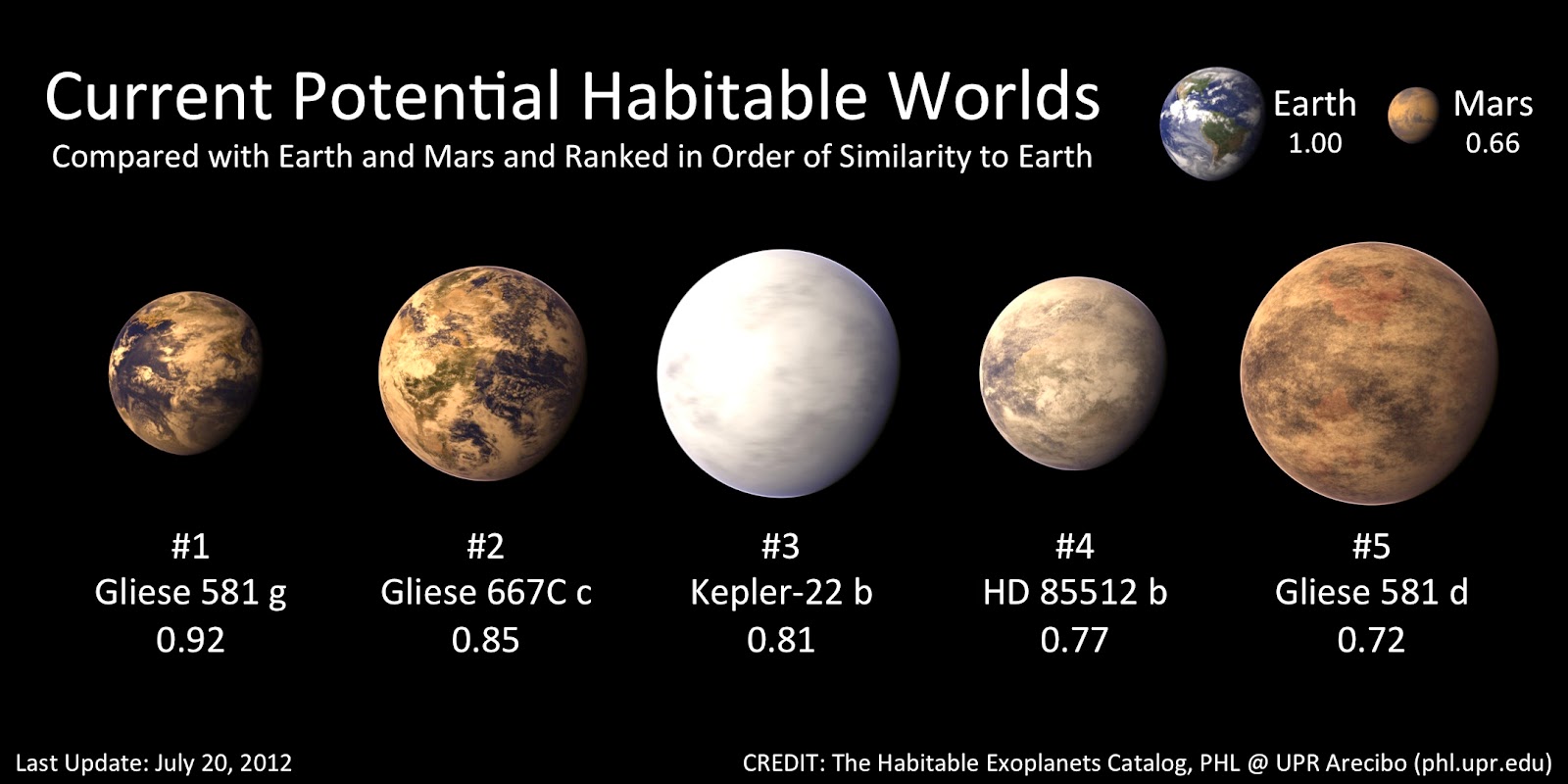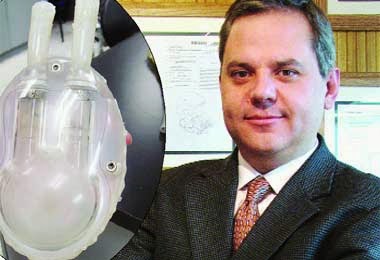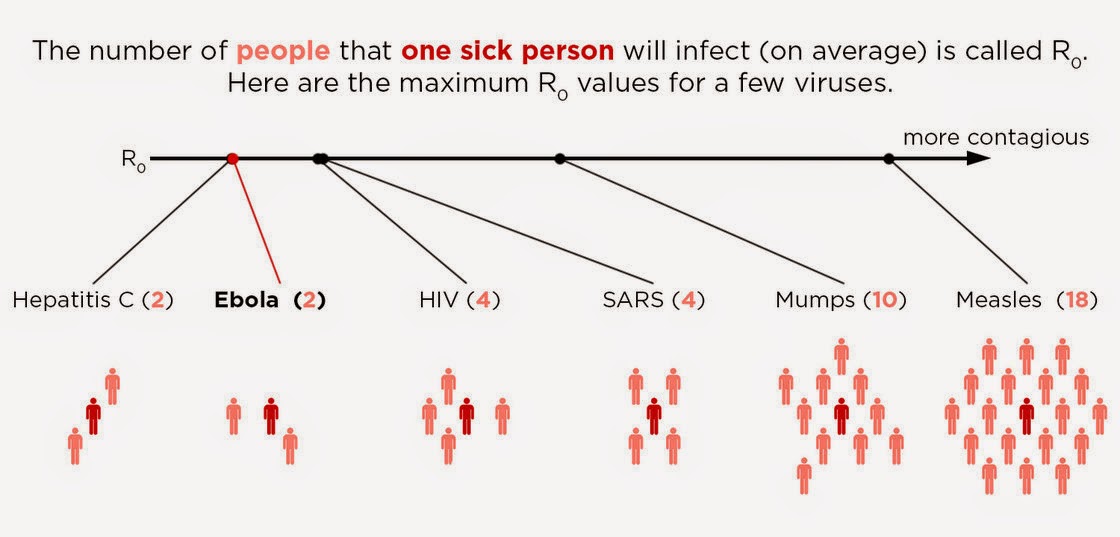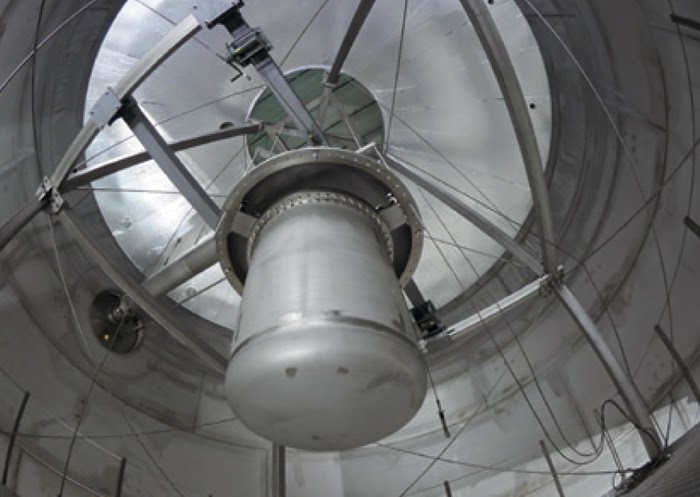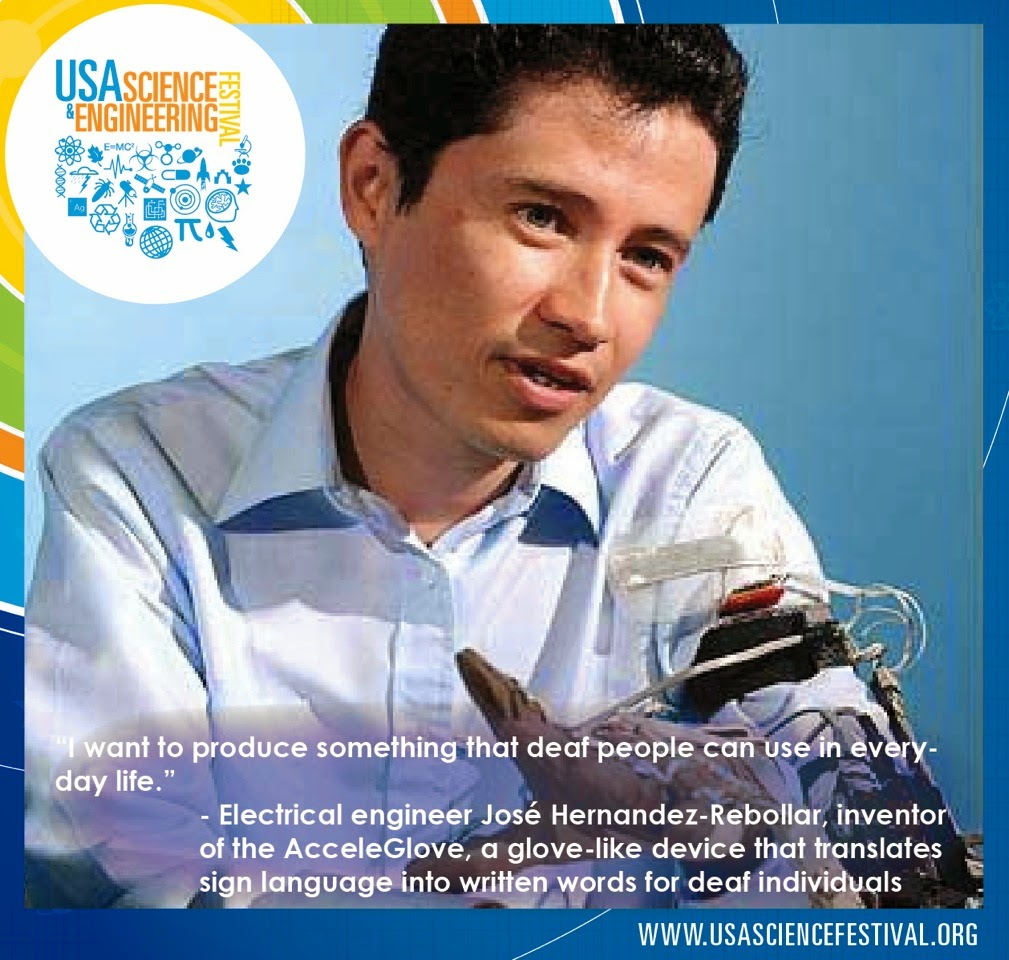 |
| Technology Review |
Perhaps the sanest proposal I've heard so far, using technology to get people to the necessary treatment, track patients accurately; contain and control a pathogen before its R0 of 2 out of apathy based on xenophobia and tribalism grows exponentially to Bubonic proportions. With this country's current disastrous love affair with austerity, I'm not talking about the ubiquitous "there"...
"We live in a society exquisitely dependent on science and technology, in which hardly anyone knows anything about science and technology." Carl Sagan.
Nigeria is Ebola free...so is Senegal, largely due to both countries having enough infrastructure and concerted effort to combat it, proving it can be contained and conquered. Thomas Eric Duncan has died, and two nurses that worked his case have been affected and are receiving the best treatment available. But, we've been exquisitely conditioned via initially pamphlets, chat rooms, talk radio and the Internet to not trust the government or technology - the moon landing never happened; a stateless cabal rigs every election to their desired outcome, not voter apathy, suppression-cum-"integrity" or Supreme Court judicial activism; "jack-booted thugs" will come, in black helicopters to intern us all in FEMA camps taking our guns and freedoms. The wondrous beauty of most conspiracy theories is they never have to be proven, and actual plots can be conveniently ignored.
In this election season especially, fear must be sold from those with no other plan than to just be afraid; Nigeria and Senegal's good news you'd never have known.
TECHNOLOGY REVIEW: Back in July, Cedric Moro started a crowdsourced mapping service to keep track of the spread of Ebola in Sierra Leone, Liberia and Guinea. Moro is a risk consultant who has created several crowdsourced maps of this kind using the openStreetMap project Umap.
Anyone can enter information about suspected or confirmed Ebola cases while hospitals and other health facilities can tell people whether they are open and functioning and how many spare beds they have.
The site tracks other information to such as unsafe burials, hostility towards health workers and links to information about the disease. It even tracks the movement of infected individuals to see how the disease spreads.
Moro’s work has been hugely important in helping to link potential victims with appropriate healthcare facilities and giving a broader overview of the tragedy as it unfolds.
But it also has an important limitation. Anyone hoping to contribute must have access to a computer or smartphone to upload their information. That means the system is accessible only to a relatively small portion of the population.
Today, Mohamad Trad from Doctors Without Borders in Paris, France, and a couple of pals outline plans to build on Moro’s approach and make this kind of information available purely through ordinary mobile phones. “We propose building a recommendation system based on simple SMS text messaging to help Ebola patients readily find the closest health service with available and appropriate resources,” they say.
Abstract
We propose to utilize mobile phone technology as a vehicle for people to report their symptoms and to receive immediate feedback about the health services readily available, and for predicting spatial disease outbreak risk. Once symptoms are extracted from the patients text message, they undergo complex classification, pattern matching and prediction to recommend the nearest suitable health service. The added benefit of this approach is that it enables health care facilities to anticipate arrival of new potential Ebola cases.
arXiv:
Guiding Ebola Patients to Suitable Health Facilities: An SMS-based Approach
Mohamad Trad, Raja Jurdak, Rajib Rana
Related link:
World Science Festival: Everything You Need to Know About Ebola

